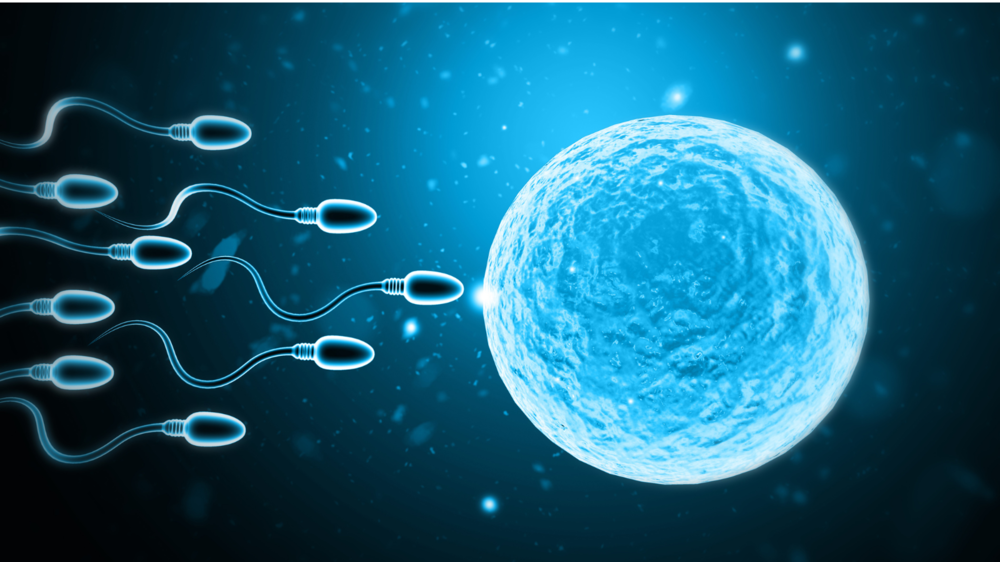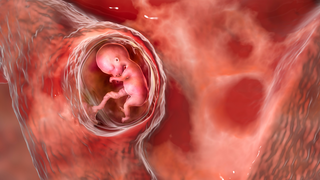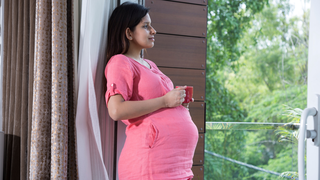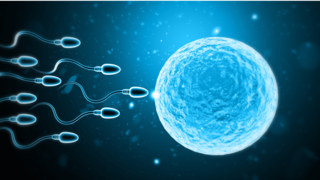In this article:
Fertilisation
The process starts when a sperm meets an egg, forming a single cell called a zygote. This usually happens in one of your fallopian tubes about 24 hours after ovulation.This is how it happens:
Ovulation and Sperm Journey
Around 14 days after your period begins, one ovary releases an egg. The egg then moves into the fallopian tube and waits for sperm.After intercourse, millions of sperm travel through the vagina, cervix, and uterus, but only about 200 reach the fallopian tube.
Inside the uterus, the sperm go through a process called activation, where they shed outer layers and become ready to fertilise the egg.
The Fertilisation Process
A sperm uses special enzymes to break through the egg’s outer layers, known as the corona radiata and zona pellucida. Once it successfully enters, the egg finishes its final stage of development and becomes a mature oocyte. The genetic material from both the sperm and the egg then combines to form a zygote with 46 chromosomes (23 from each parent).This combination determines your baby’s genetic makeup, including their biological sex, based on whether the sperm carried an X or Y chromosome.
From Zygote to Morula
In the days after fertilisation, the zygote begins to change rapidly as it moves through the fallopian tube toward the uterus.Cell Division Begins
Around 30 hours after fertilisation, the zygote starts dividing in a process called cleavage. It forms smaller cells known as blastomeres, all enclosed within a protective layer called the zona pellucida. With each division, the cells become smaller and more compact, helping the zygote prepare for its next stage of development.Becoming a Morula
By day three after fertilisation, the zygote has divided into 12 to 32 cells called blastomeres, forming a tight cluster known as a morula. This stage gets its name because it looks a bit like a mulberry.The morula keeps moving toward the uterus, pushed along by gentle muscular movements in the fallopian tube. It usually reaches the uterine cavity by day four.
The Blastocyst Takes Shape
By day five or six, the morula develops into a blastocyst, a fluid-filled ball containing around 200 to 300 cells. This is a key stage in early development.Structure of the Blastocyst
The blastocyst has two different parts. The inner cell mass (ICM) is a small group of cells that will eventually form the foetus. The outer layer, called the trophoectoderm (TE), will develop into the placenta and amniotic membranes, which nourish and protect the growing baby. The blastocyst also has a fluid-filled cavity called the blastocele.Expansion and Growth
As the blastocyst floats in your uterus, it absorbs nutrients from uterine secretions. The protective layer, zona pellucida, starts to break down, allowing the blastocyst to expand and prepare for implantation.Reaching the blastocyst stage is an important sign of a healthy embryo, as usually only the strongest embryos develop this far.
Implantation
By day six or seven, the blastocyst is ready to implant in your uterine lining (endometrium).Here's what happens:
- Hatching process: The blastocyst sheds its zona pellucida in a process called hatching, triggered by hormones. This allows the blastocyst to make direct contact with your endometrium.
- Attaching to the uterus: The outer cells of the blastocyst (now called the syncytiotrophoblast) release enzymes that help the blastocyst burrow into the endometrium. This usually happens toward the top of your uterus. The inner cells (embryoblast) will form the embryo, while the trophoblast supports nutrient delivery.
- Signs of implantation: About one-third of people notice light spotting or bleeding that lasts only a few hours to a couple of days. You might also feel mild cramping.
Challenges and Risks in the First Week
The first week after fertilisation is full of potential but also very delicate.These are some challenges that can arise:
- Failed implantation: Around 75 per cent of early miscarriages happen because the blastocyst doesn’t implant properly. This is often due to chromosomal abnormalities. You may not notice any symptoms, or there might be light spotting that can be mistaken for implantation bleeding.
- Ectopic pregnancy: Rarely, the blastocyst implants outside the uterus, usually in a fallopian tube. This is called an ectopic pregnancy and needs immediate medical attention.
- Chromosomal abnormalities: Some embryos carry genetic issues that prevent implantation or cause early pregnancy loss.
Whether you’re pregnant, a new mom, or navigating postpartum, you don’t have to do it alone. Join our support group to connect, share, and support one another.
FAQs on A Tiny Cluster of Cells: Your Baby's First Week of Life
- How large is a blastocyst?
A blastocyst is very small, about 0.1 to 0.2 millimetres in diameter. - Can a blastocyst split into twins?
Yes, a blastocyst can split into two inner cell masses, which may result in identical (monozygotic) twins.









